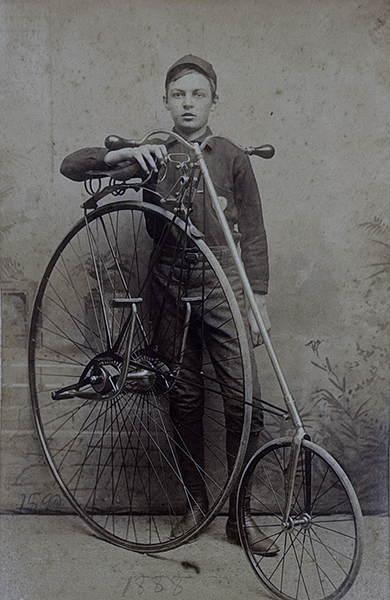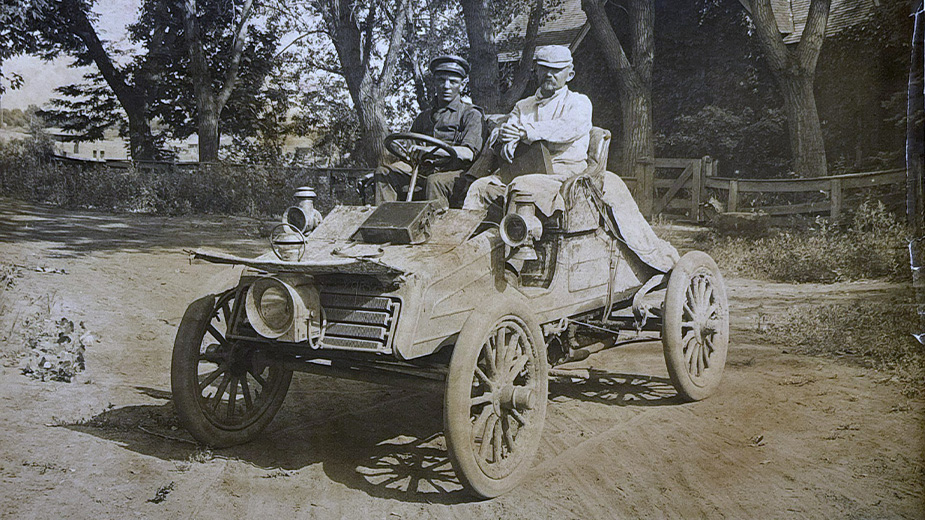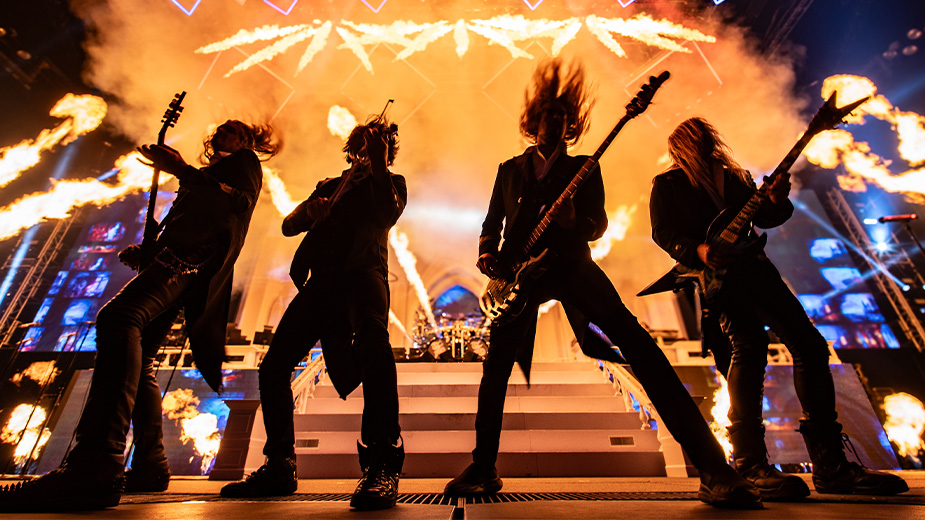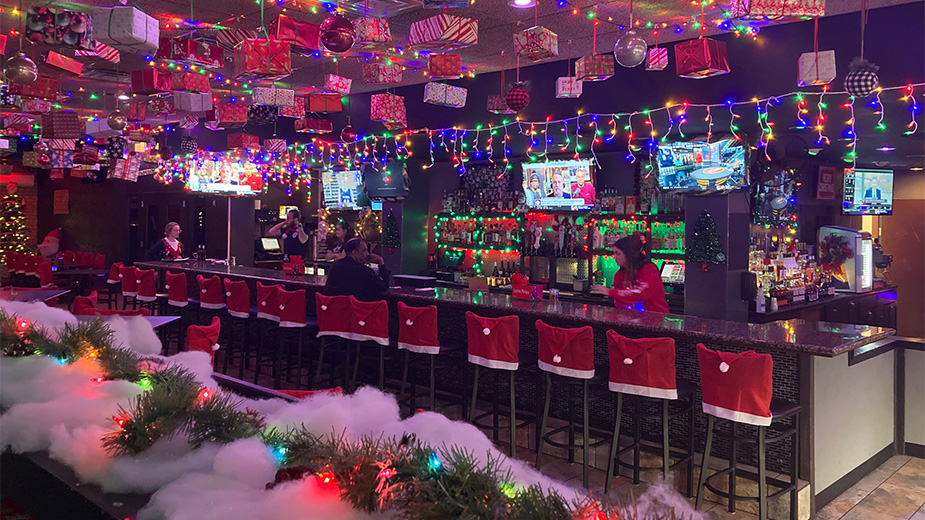Packard Acquires Archives of First Person to Drive Car Across Country
WARREN, Ohio – A collection of memorabilia from the first person to drive across the country has been given to the National Packard Museum.
The Tom Fetch collection was given to the museum by David Fetch of San Diego, the great-grandnephew of E.T. “Tom” Fetch, who drove across the United States in 1903 in a Packard Model F automobile. The vehicle, which was christened “Old Pacific,” was built at Packard’s manufacturing plant in Warren.
The Packard Museum, 1899 Mahoning Ave. NW, is dedicated to preserving items of significance to the Packard Motor Car Co. and its links to Warren. The company was founded in 1899 in Warren and built vehicles at its plant there until 1903.
The Tom Fetch collection includes photographs, documents, catalogs, correspondence, scrapbooks and assorted memorabilia compiled by Fetch and his family that pertain to his employment as a Packard test driver in Warren and Detroit, where the company moved to in 1906.
The items in the collection shed light on Fetch’s experiences during Old Pacific’s historic transcontinental run.
The collection also includes memorabilia from museum founder Terry Martin’s 1983 trek in which he retraced Old Pacific’s original journey in a restored 1903 Packard Model F, now part of the museum’s permanent collection. David Fetch was 7 years old at the time and fondly recalls joining his late father, Tom Fetch, and Terry Martin on that cross-country road trip.
Mary Ann Porinchak, executive director of the museum, said she is grateful that David Fetch chose the museum as “the public repository” of his family’s private archives.
“This significant collection, including Tom Fetch’s photos and personal recollections, reveals new details about Packard’s historic 1903 transcontinental run, which will enhance our ability to tell the complete story of Packard’s early years here in Warren, Ohio.”
E.T. “Tom” Fetch was born in Jefferson, Ohio, in 1872. His father, S.R. Fetch, owned a machine shop in which he helped build a steam wagon. Tom’s father was also a competitive high-wheel bicycle racer.
Taking up that sport at a young age, Fetch possessed the competitive nature and discipline of a professional athlete. Coupled with his natural mechanical aptitude and the knowledge and experience gained by working in his father’s machine shop, he was destined for fame in the earliest days of motorsports, when endurance, rather than speed, was often the goal.
Automotive pioneer James Ward Packard and his brother, William Doud Packard, first hired Fetch to work at their incandescent lamp factory in Warren in 1892. A year later, they sent Fetch home to start up and run their Jefferson Electric Light Co. plant. He remained there until 1900, when the Packard brothers recalled him to Warren to work at their new automobile company.

After learning to drive on the first Packard-built “Old No. 1,” Fetch became one of the company’s test drivers.
In 1901, he was part of the Packard team that competed in a highly publicized endurance run from New York to Buffalo that was halted in Rochester on account of President William McKinley’s death. Two years later, Packard Motor Car Co. officials assigned Fetch with an audacious task that no man had ever accomplished: driving an automobile across the entire width of the North American continent.
Up to the challenge, Fetch, with automotive journalist Marius “Chris” Krarup as his passenger, departed San Francisco on June 7, 1903, in a single-cylinder Packard Model F. After a grueling 63-day journey across mountains, deserts and water-logged prairies, Fetch arrived triumphantly in New York City to a hero’s welcome and his place in automotive history on Aug. 21, 1903.
Apart from a brief stint with the Stearns Auto Co. in Cleveland, Fetch worked for the Packard Motor Car Co. until 1922, when he moved home to Jefferson, where he sold automobiles and managed the water works.
In 1943, the Packard Motor Car Co. honored Fetch at a reception commemorating the 40th anniversary of Old Pacific’s Transcontinental Run. Packard Vice President Jesse G. Vincent lauded Fetch, stating, “Your trail-blazing trip not only helped prove the motor car as a vehicle of real utility, but set the stage for later engineering progress in the automotive industry. You can rightfully be proud of these contributions, which we in the Packard engineering department gratefully acknowledge.”
Tom Fetch died a few months later in March 1944.
Pictured at top: Tom Fetch, driving, and passenger Marius Krarup during their cross-country run. This photo was taken in Littleton, Colo.
Published by The Business Journal, Youngstown, Ohio.



